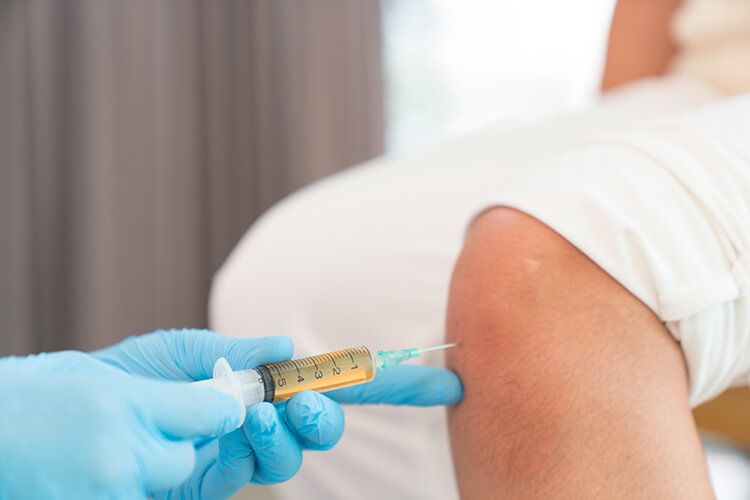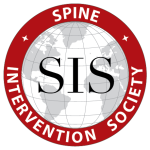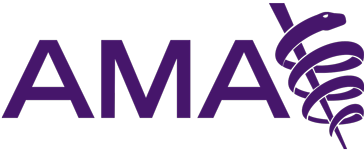Stem Cell Therapy in Michigan
 How does stem cell therapy work?
How does stem cell therapy work?
On the day of your stem cell therapy procedure, you will check in at our office and the staff will get you prepped for your procedure. Once prepped, the staff will administer local anesthesia prior to extracting the stem cells from your own bone marrow.
Once the anesthesia has been administered, the physician will insert a small jamshidi needle into the hip area. This needle allows the treater to gain access to the bone marrow. Once the bone marrow is retrieved, it will be processed to extract the stem cells which will then be injected into the joint of concern.
After being discharged, patients should refrain from physical activities for 1 week before resuming normal activities.
You may be a good candidate for stem cell therapy if:
- You’ve had chronic joint pain and have had unsuccessful results with conservative treatment options.
- You’ve been seeking a holistic approach to treat joint pain.
- You prefer a non-surgical alternative for pain relief.
Our physicians will carefully review your medical history and physical examination at one of our Michigan facilities. We will also conduct a thorough review of appropriate imaging (x-ray and/or MRI) to determine whether your condition is suitable for stem cell therapy.
Schedule your consultation today.
Stem cells are the foundation of every organ and tissue in your body.
What are stem cells?
Stem cells are the cornerstone for every organ and tissue in your body. As living organisms, humans have multiple types of stem cells within our bodies, all of which are formed at different times in our lives.
By definition, all stem cells:
- have the ability to divide and create an identical copy of themselves, a process called self-renewal
- can divide to form cells that mature into cells that make up every type of tissue and organ in the body
Stem Cell Types
There are many different types of stem cells, all have the potential to treat different diseases. We will focus on two of the most common types, embryonic stem cells and adult stem cells.
Embryonic stem cells are pluripotent which means they have the ability to multiply into all three derivatives of the primary germ layers: ectoderm, endoderm and mesoderm. When isolated from the embryo and grown in a lab dish, pluripotent cells can continue to divide into each of the more than 200 cell types in the adult body. Embryonic stem cells no longer exist after about five days into the human life cycle.
Adult stem cells, found in various tissues and organs within the human body, are tissue specific. This simply means they are dedicated to becoming a cell from their tissue of origin, and cannot form other cell types.
Over 50 years ago, researchers discovered that bone marrow contains at least two types of adult stem cells. Hematopoietic stem cells are adult stem cells which can induce any of the red or white cells of the blood system. Bone marrow stromal stem cells (also called mesenchymal stem cells) make up a small proportion of the stromal cell population in the bone marrow. They have the ability to generate bone, cartilage, fat, cells that support the formation of blood, and fibrous connective tissue.
The primary function of stem cells is to maintain the homeostasis of the cell and generate new ones to replace those which may have been lost to natural turnover, damage, or disease.




